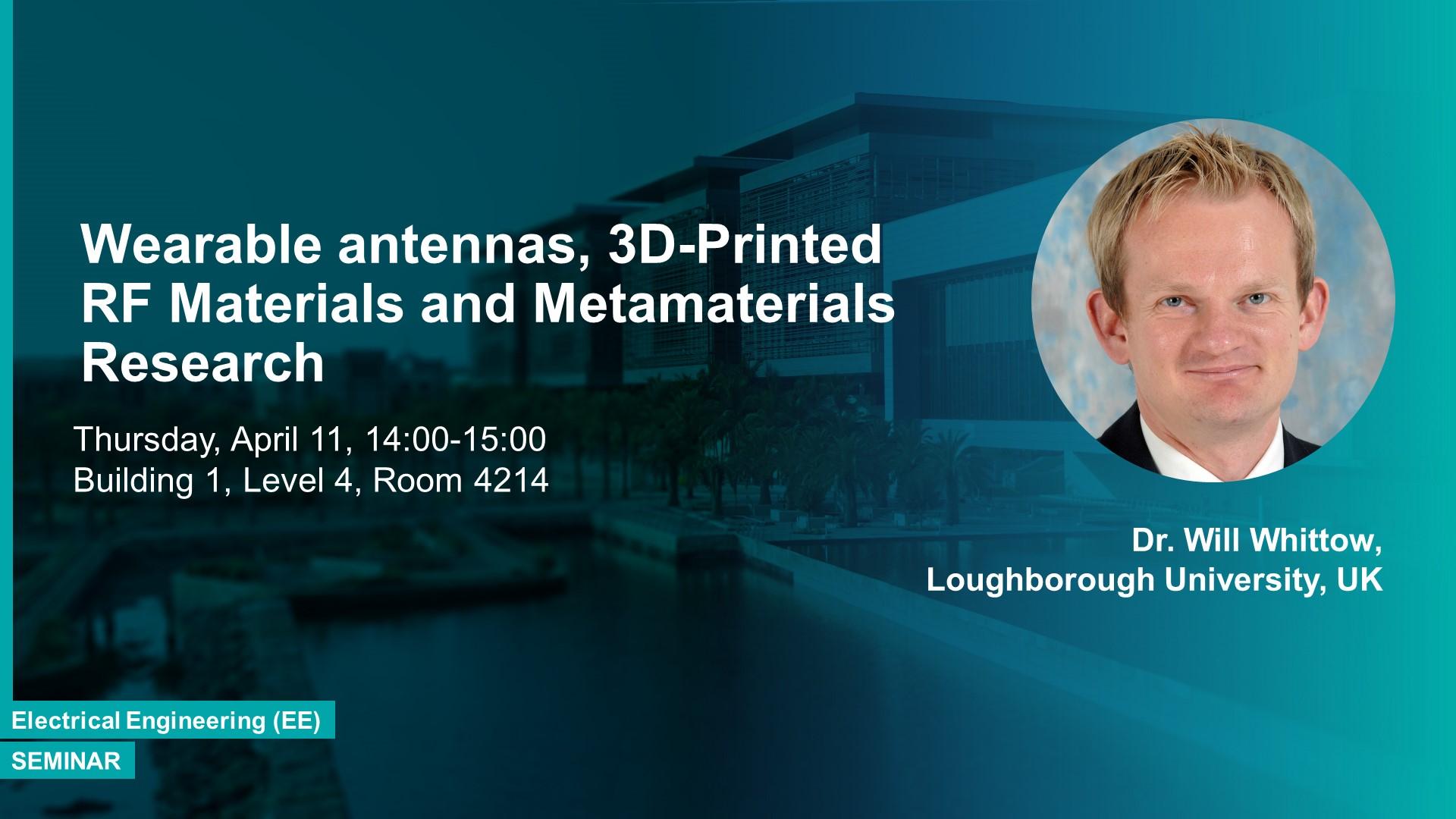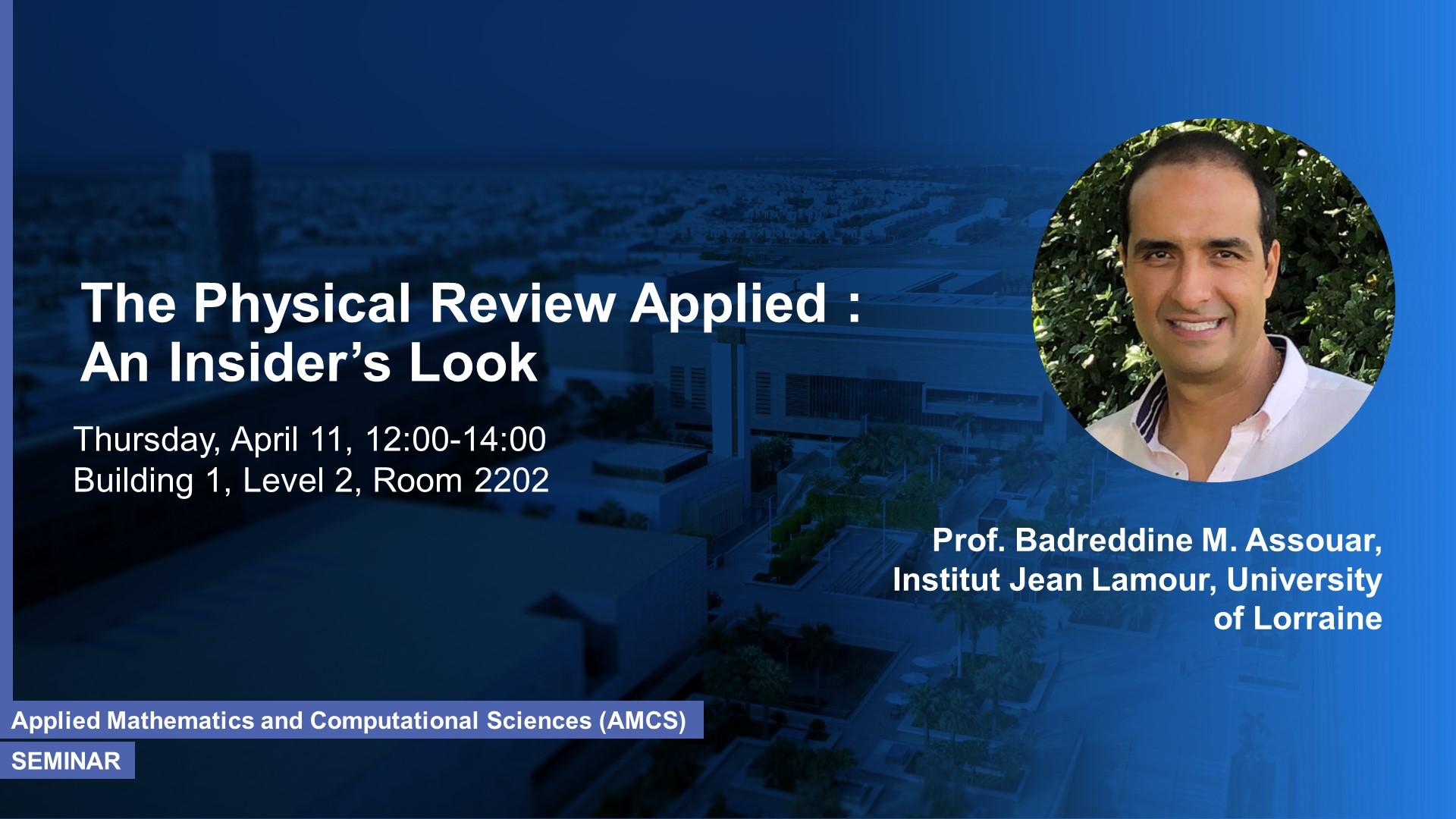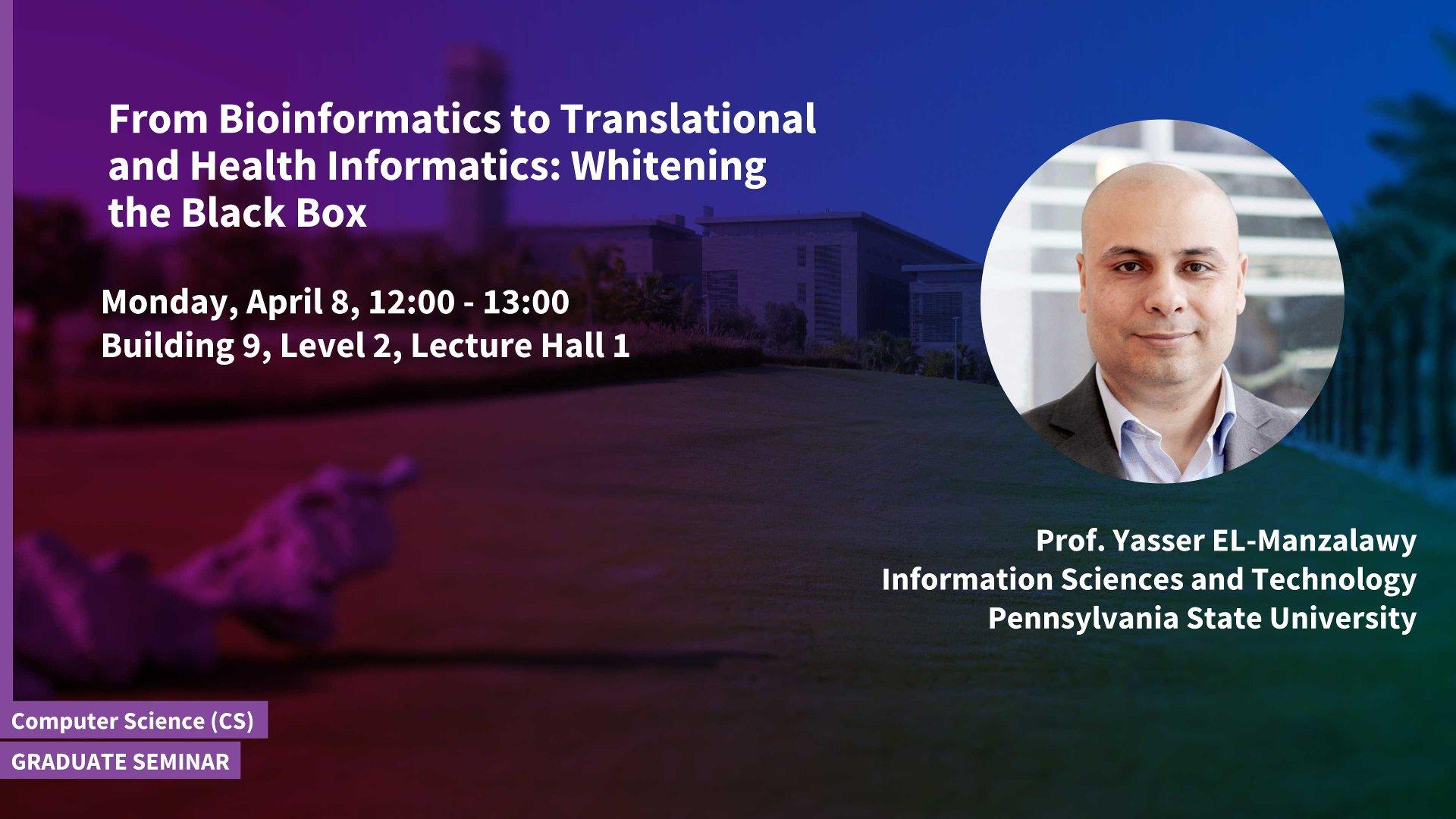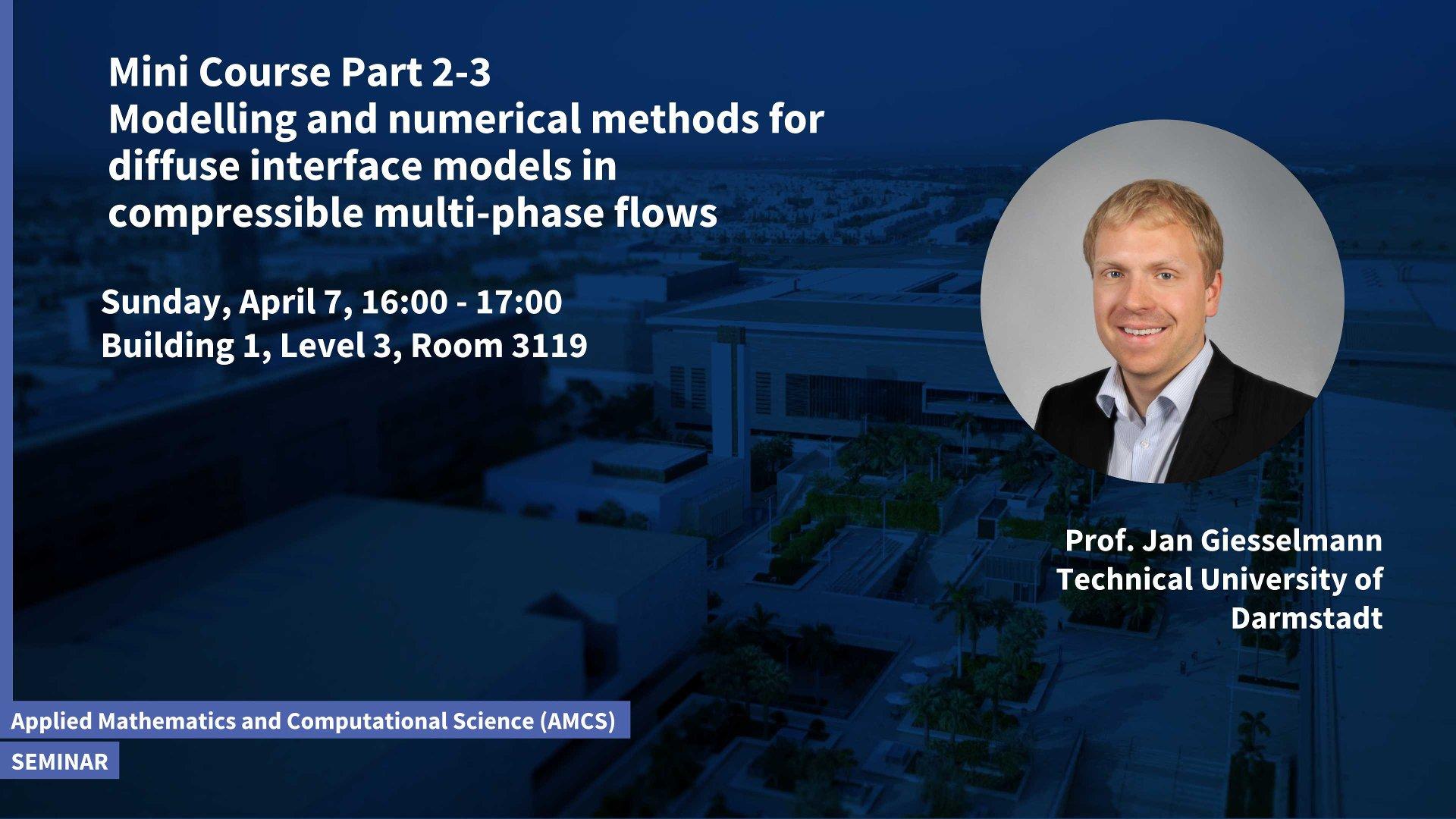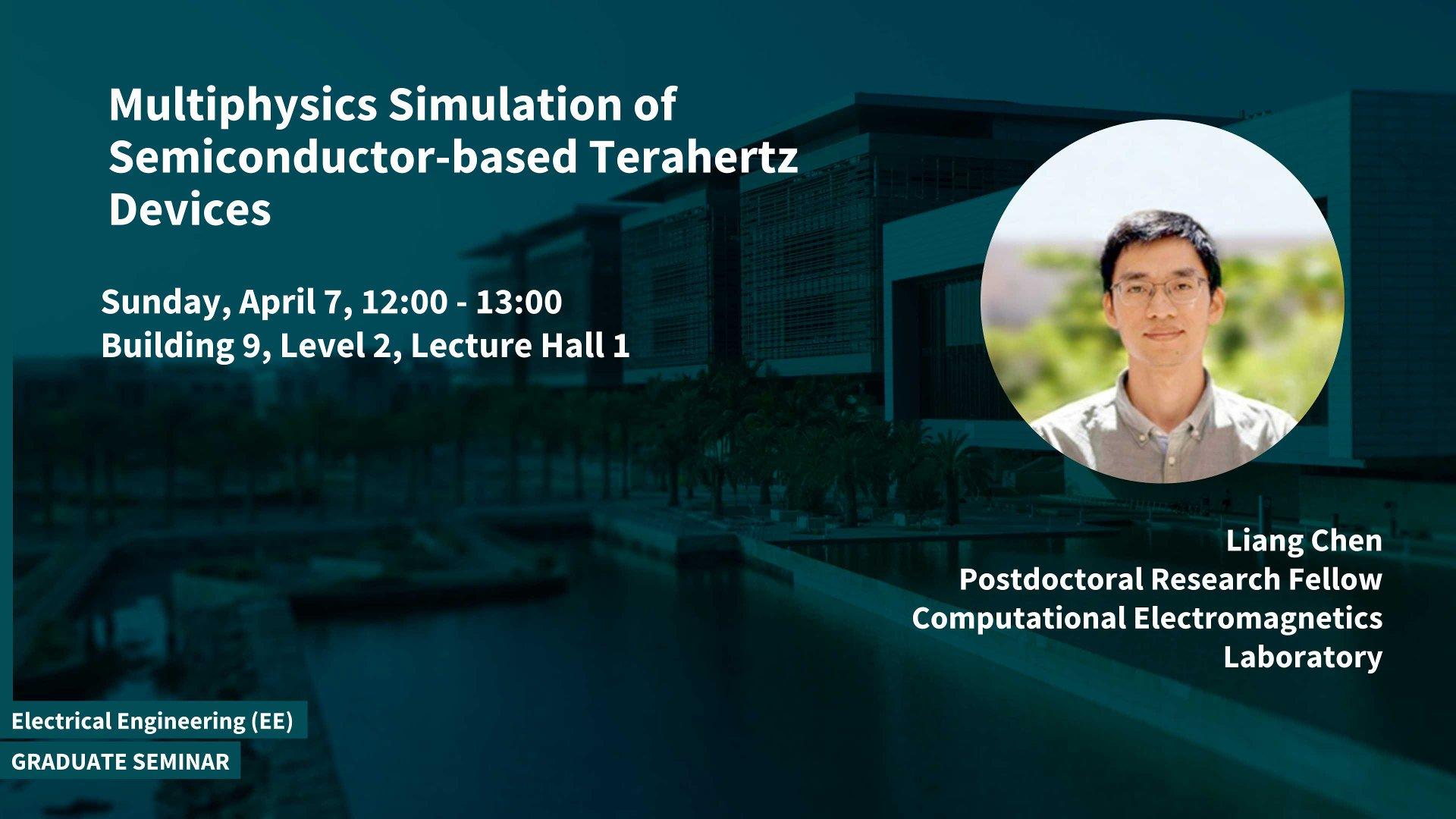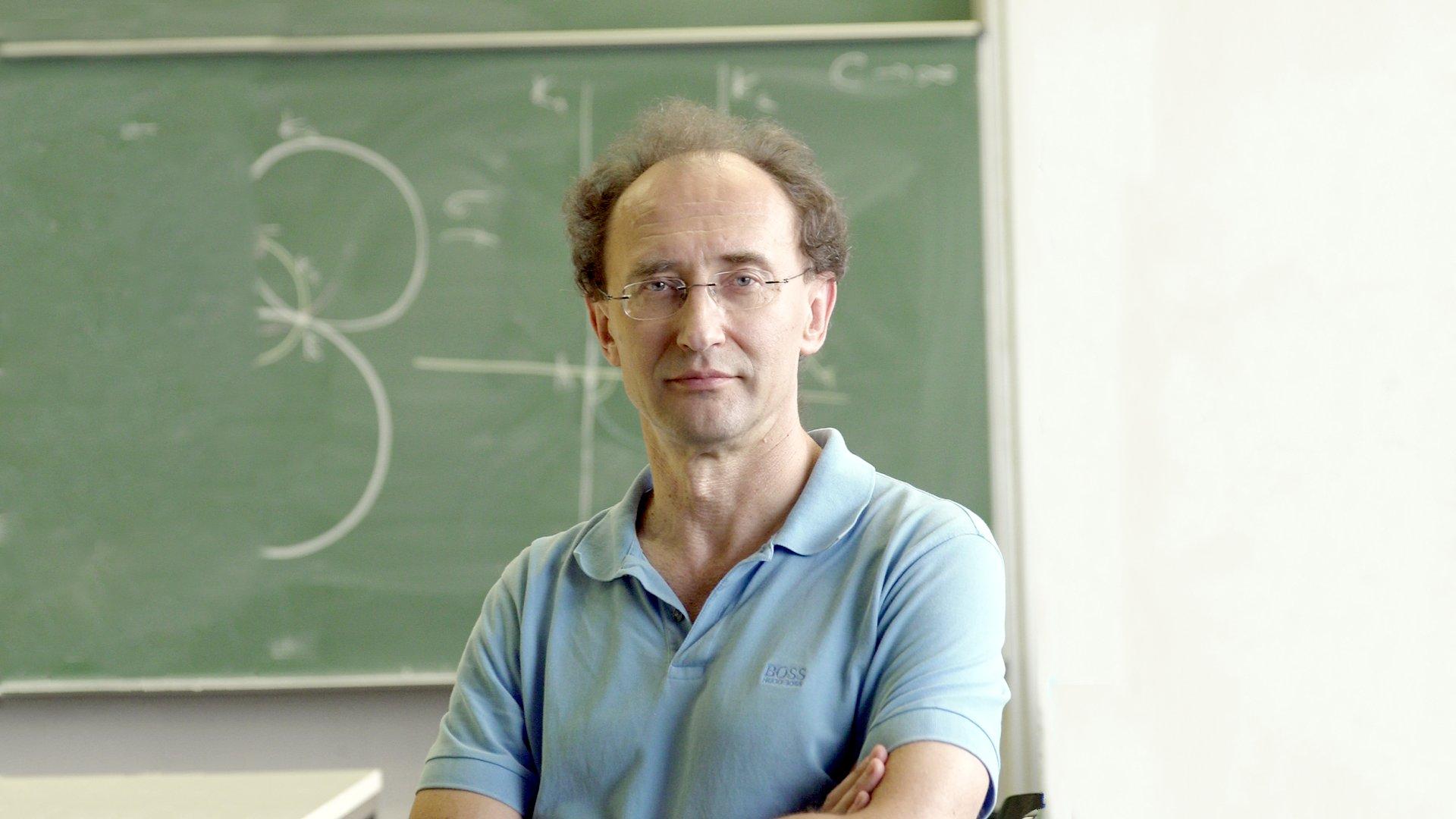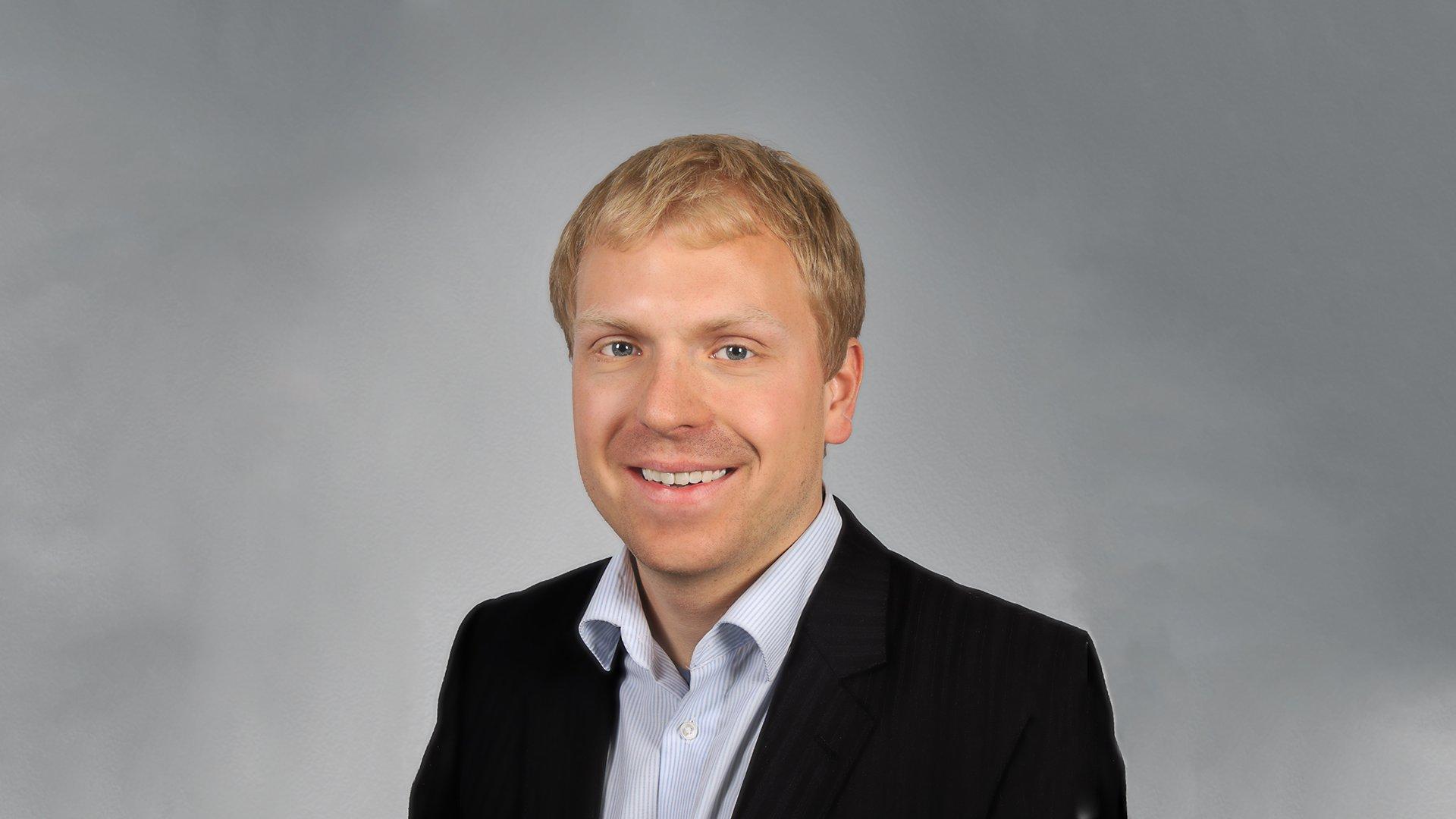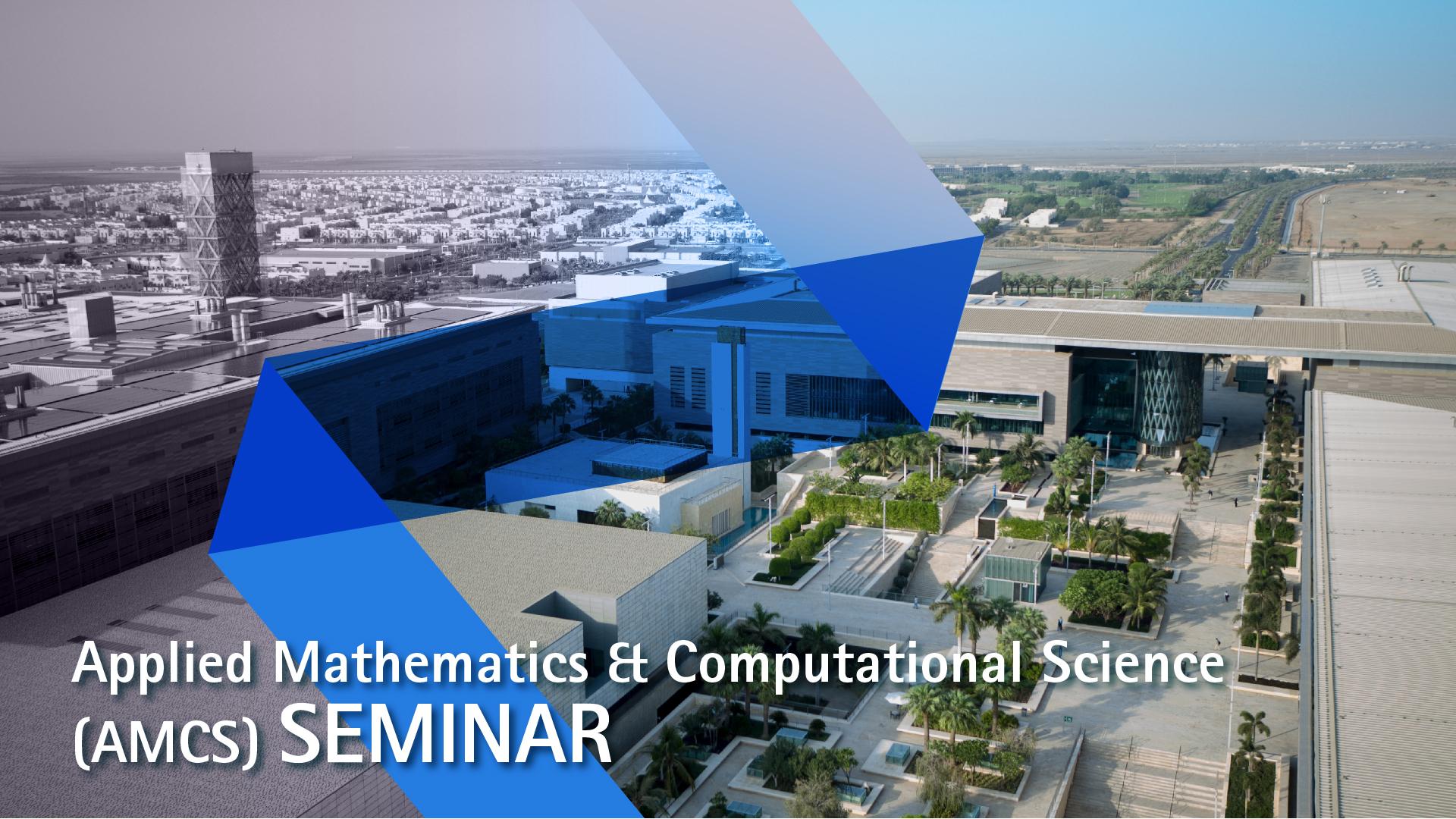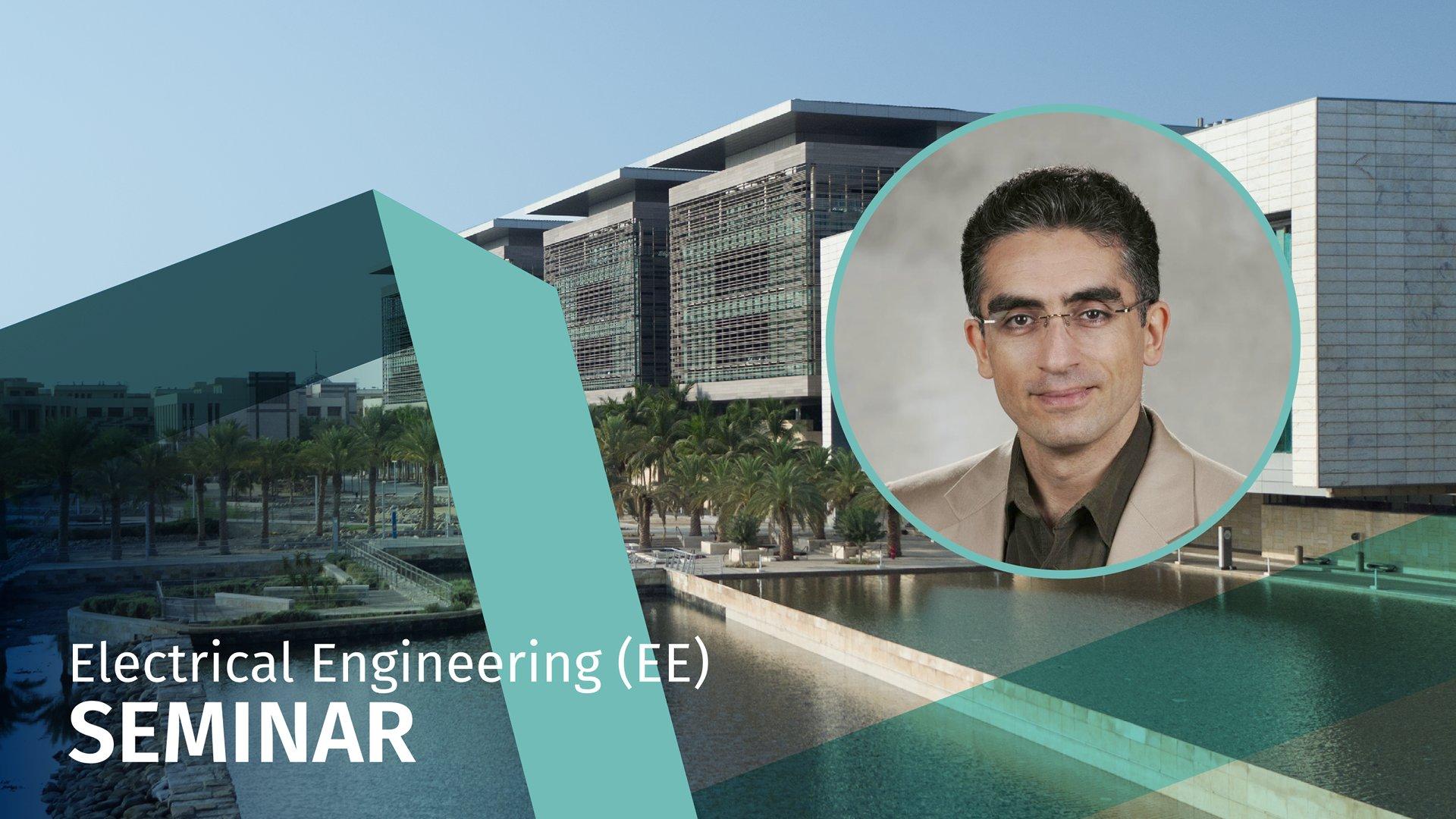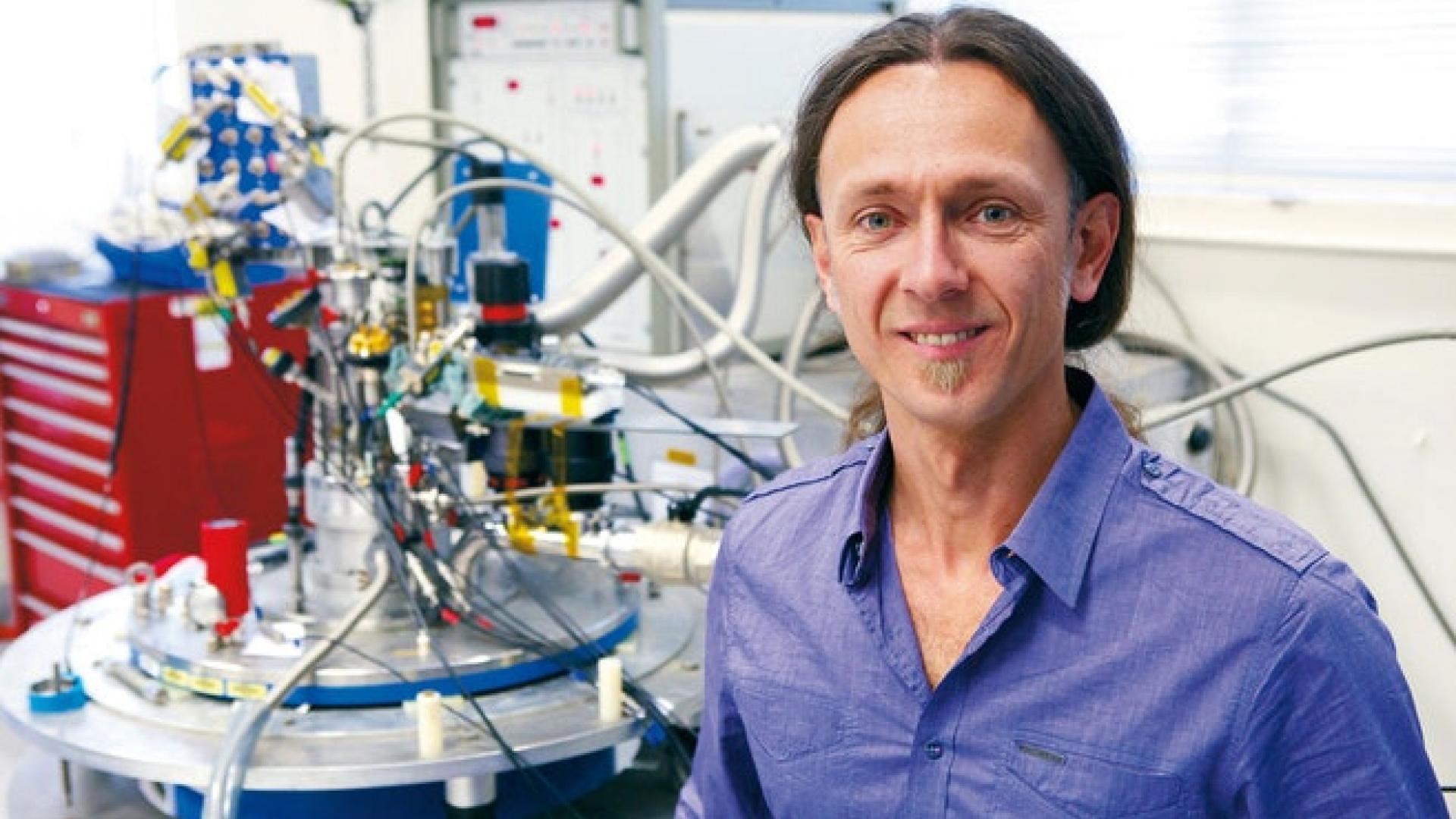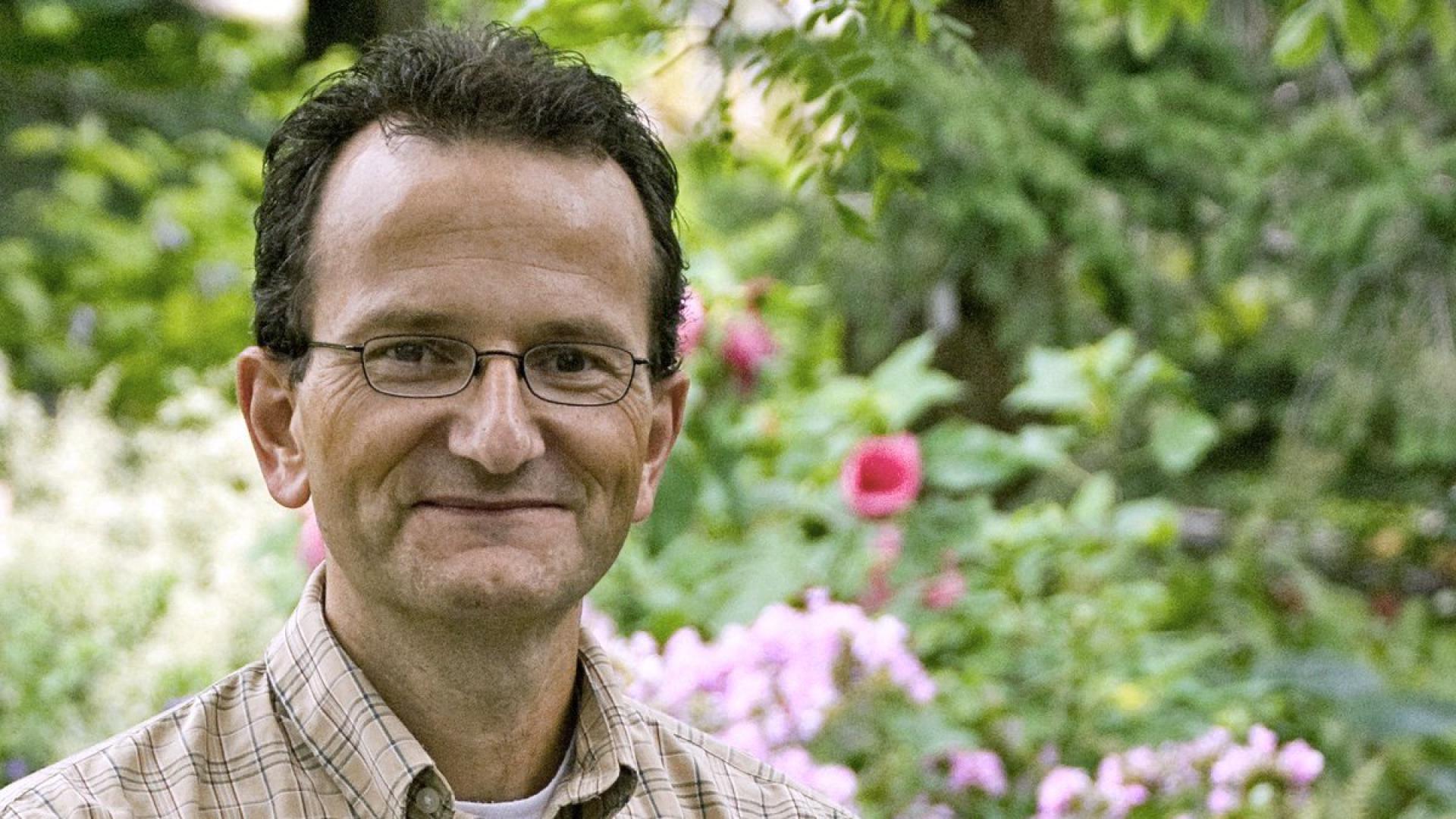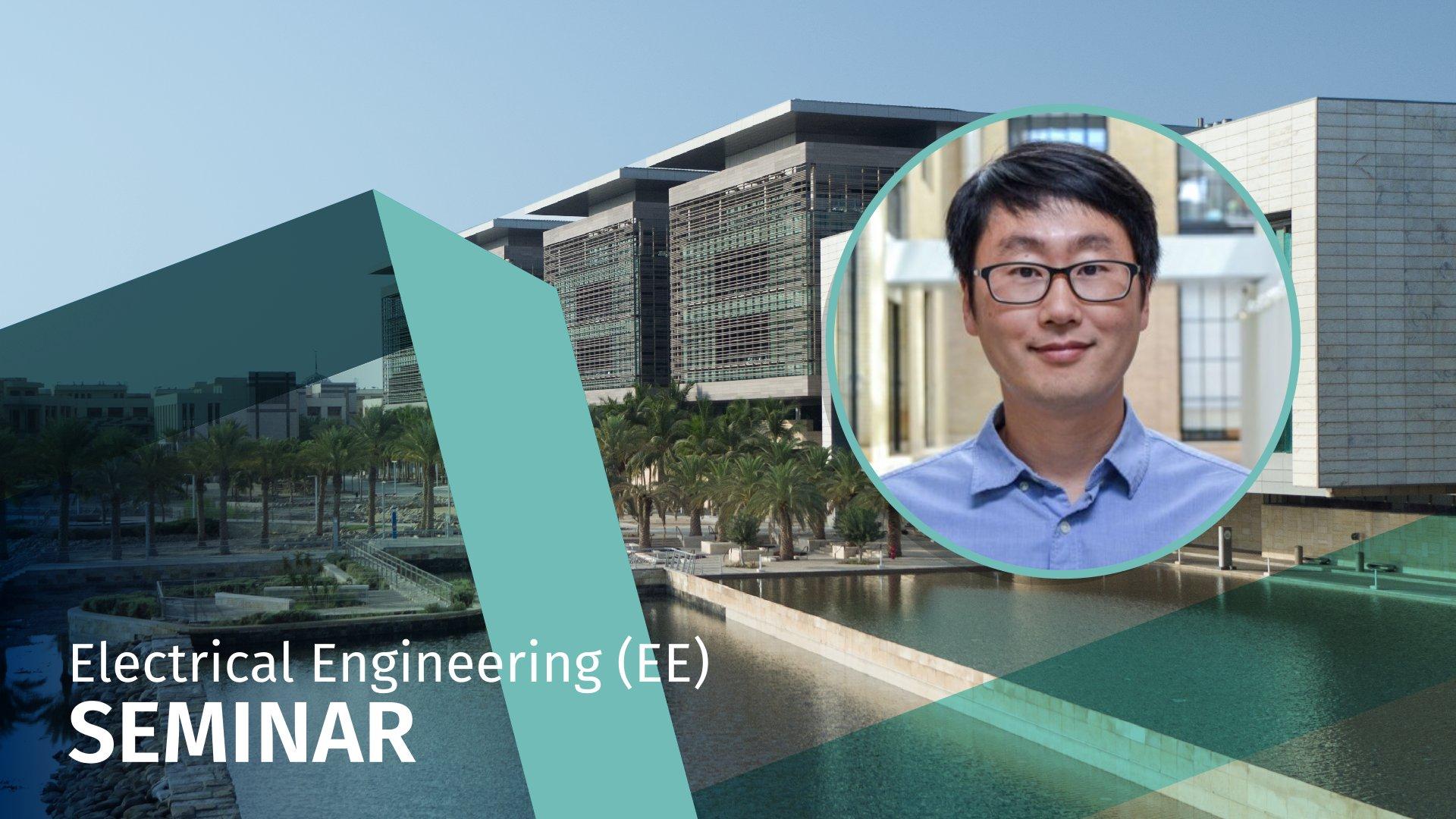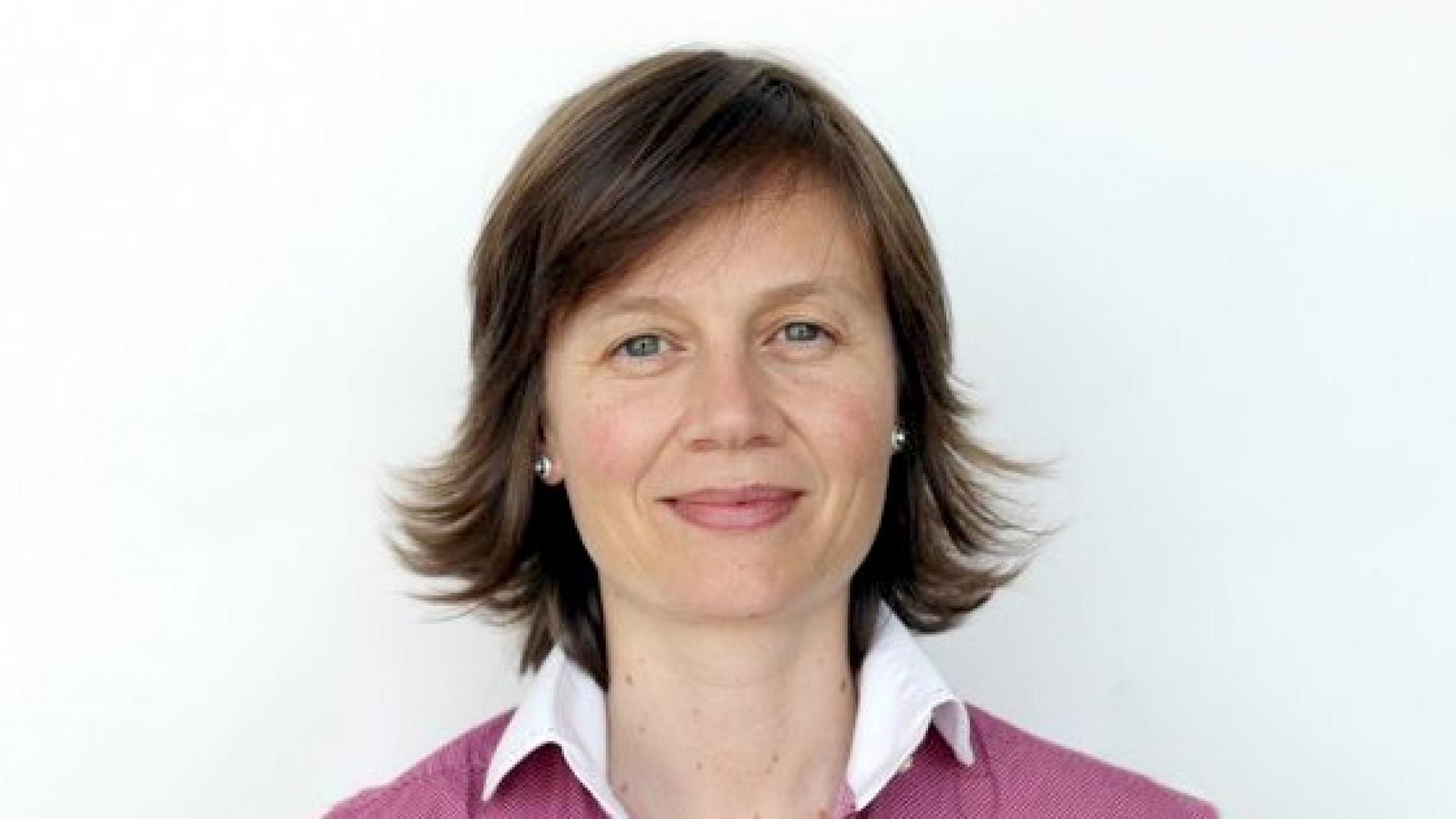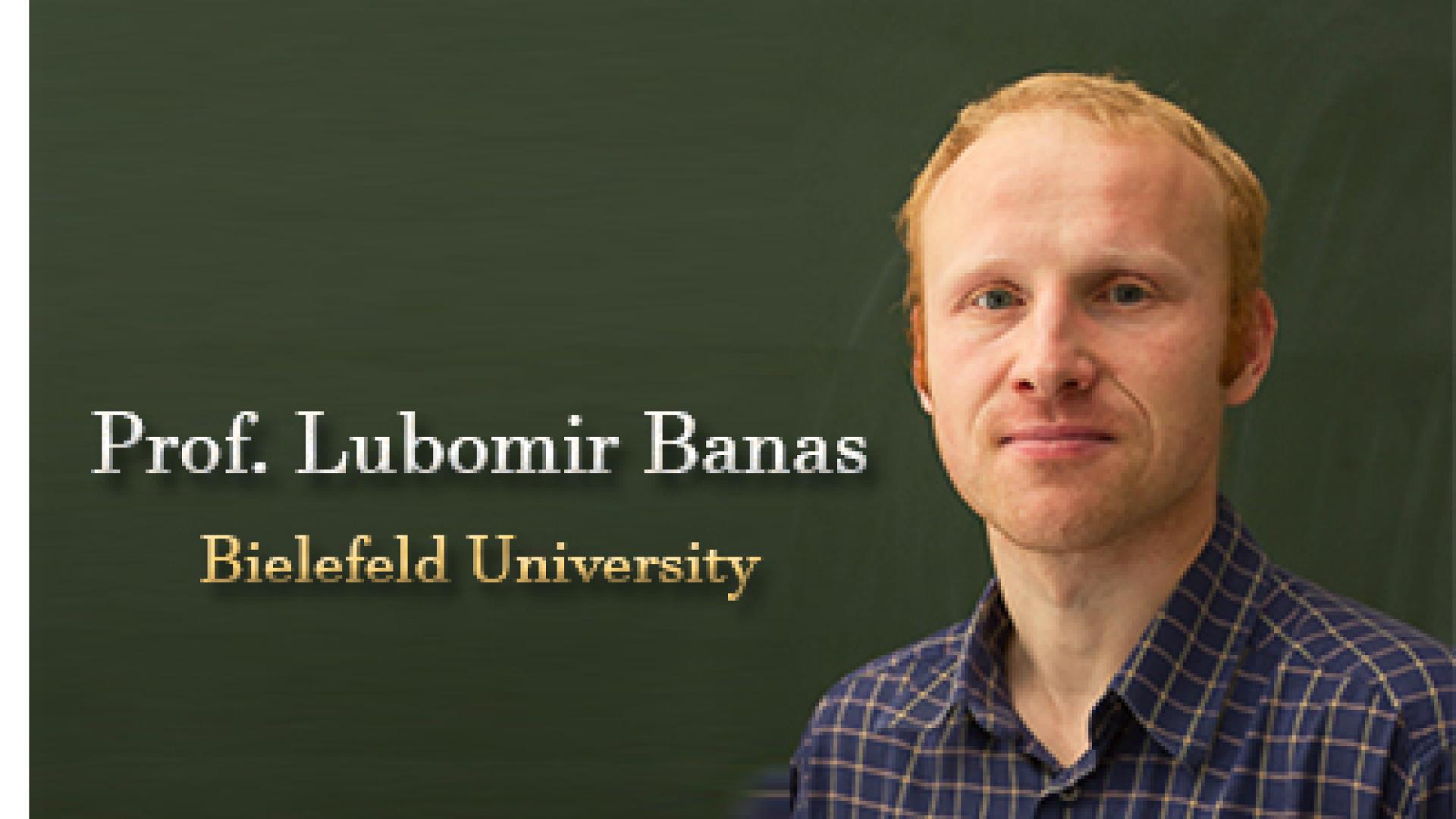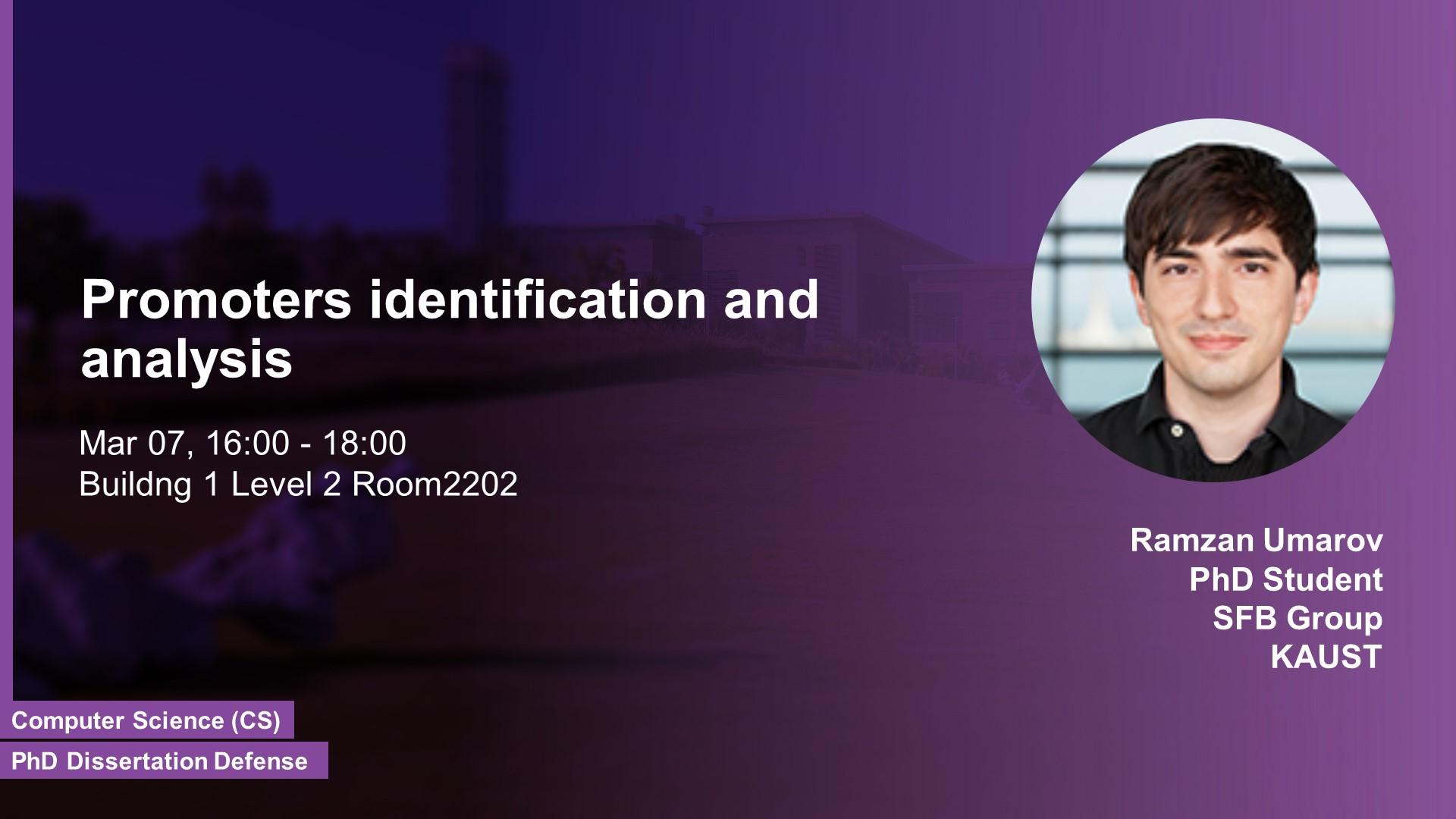Dr. Will Whittow, Loughborough University, UK
Thursday, April 11, 2019, 14:00
- 15:00
B1 L4 R4214
Contact Person
This talk will introduce Loughborough University and show some of the Engineering research and facilities. The talk will then focus on the research of Dr. Whittow and his colleagues at Loughborough University. This will include wearable antennas, inkjet printing, RFID tags, 3d-printing and metamaterials. The work will include some results from SYMETA which is a $7 million project to develop RF-devices.
